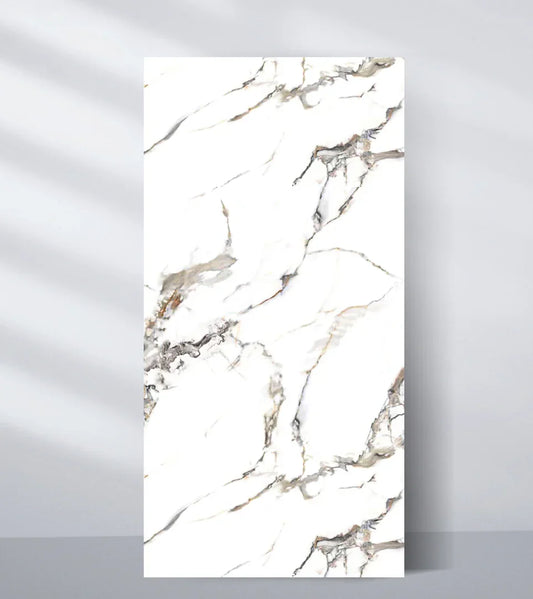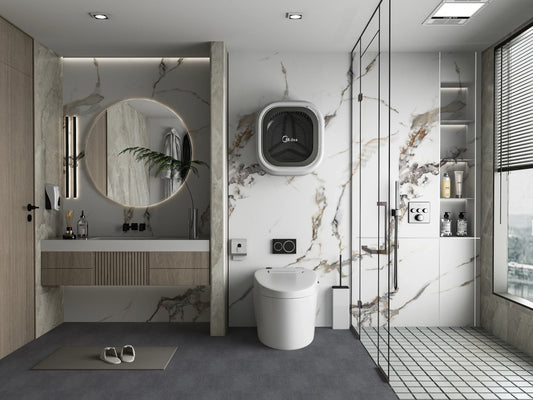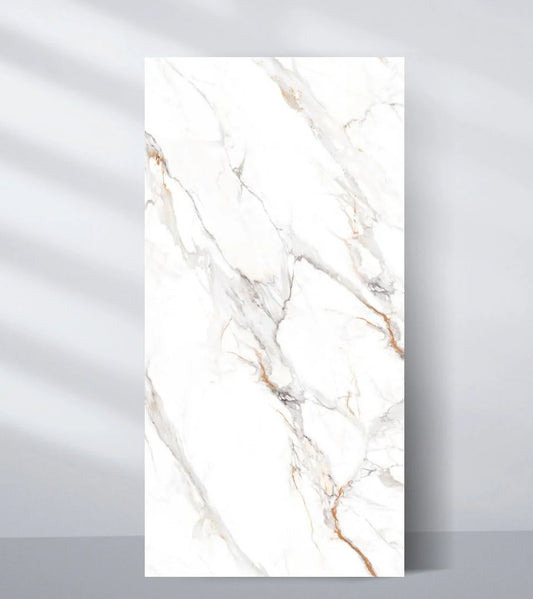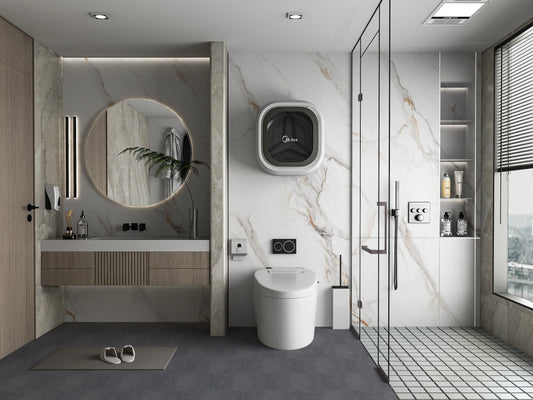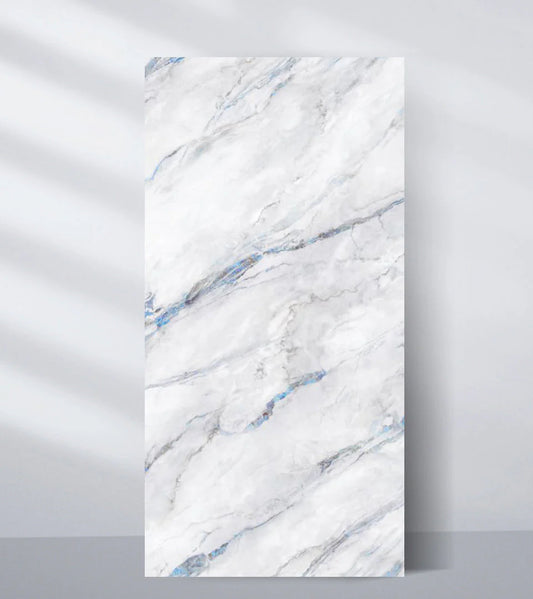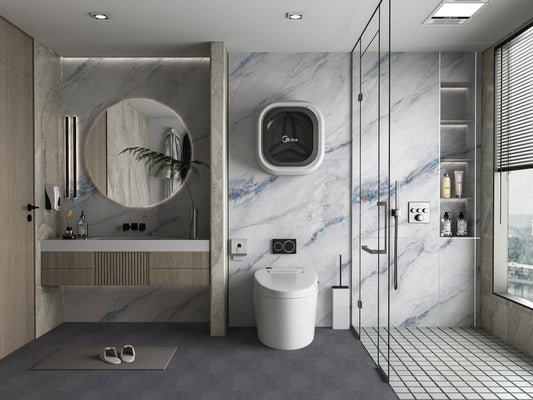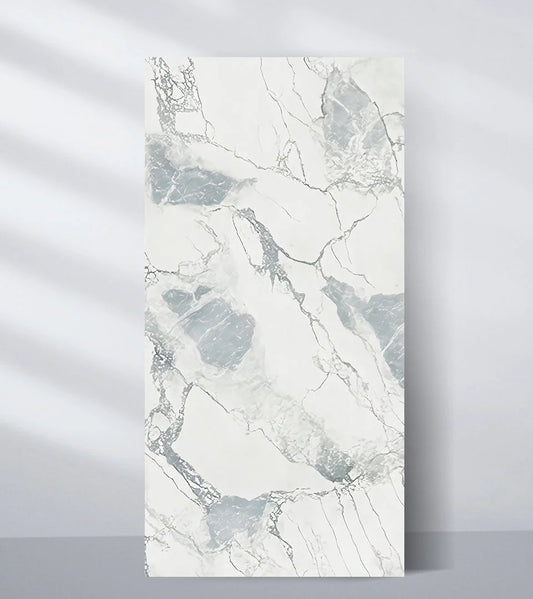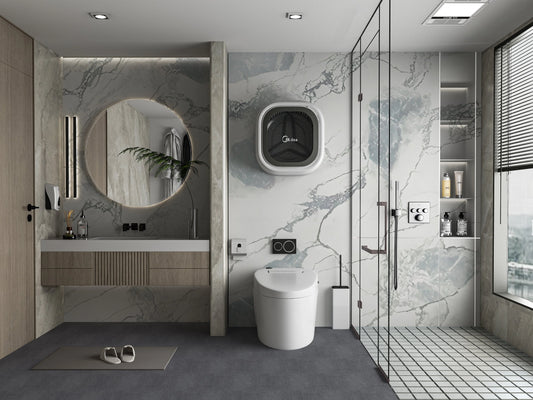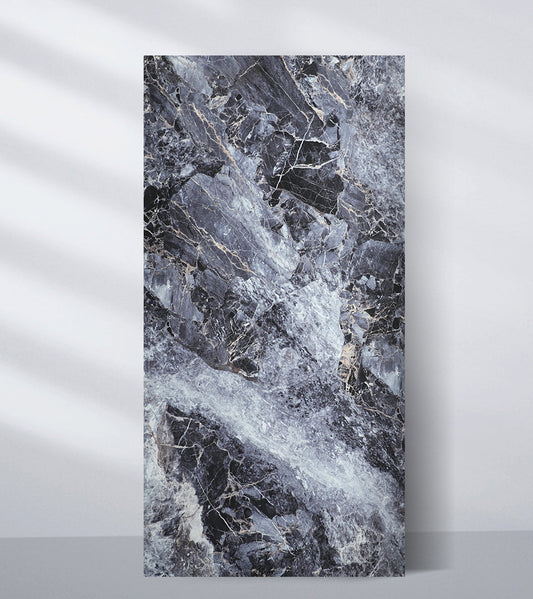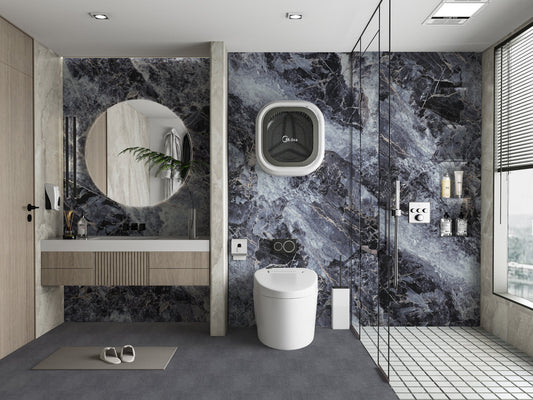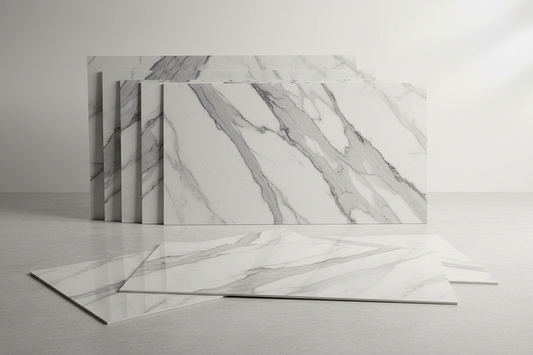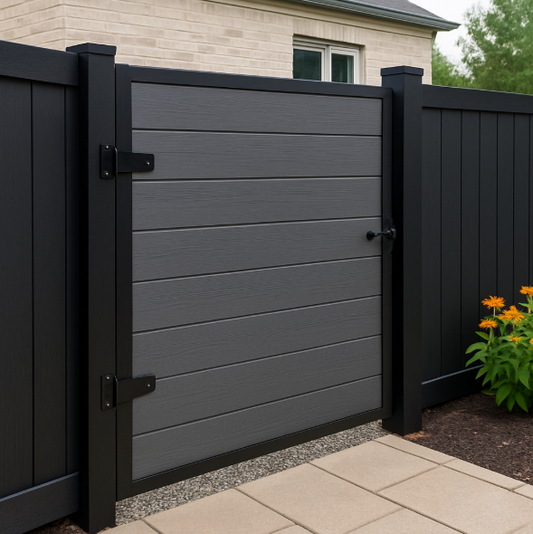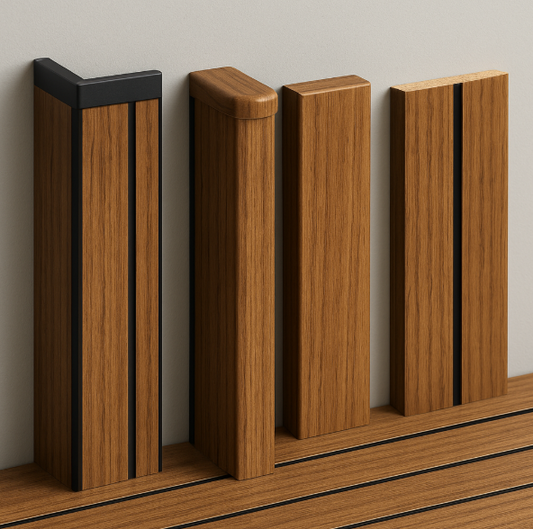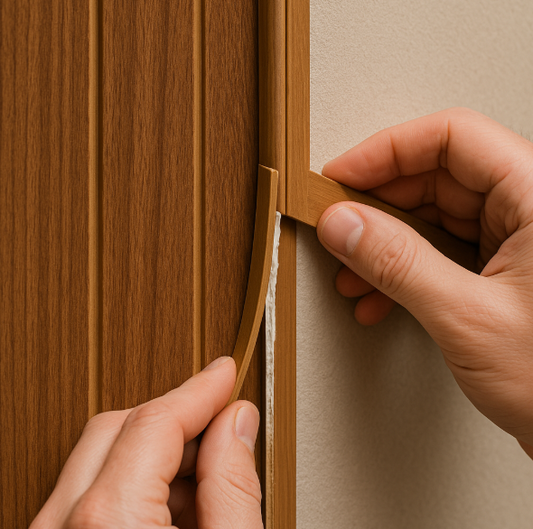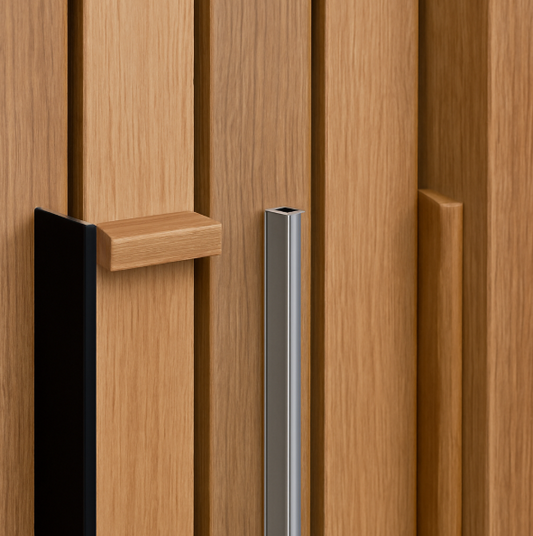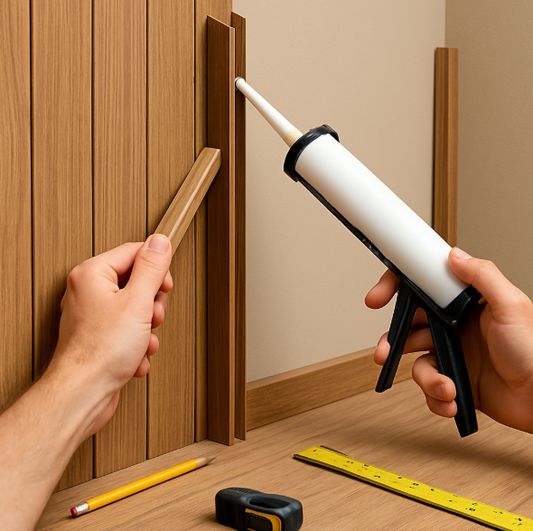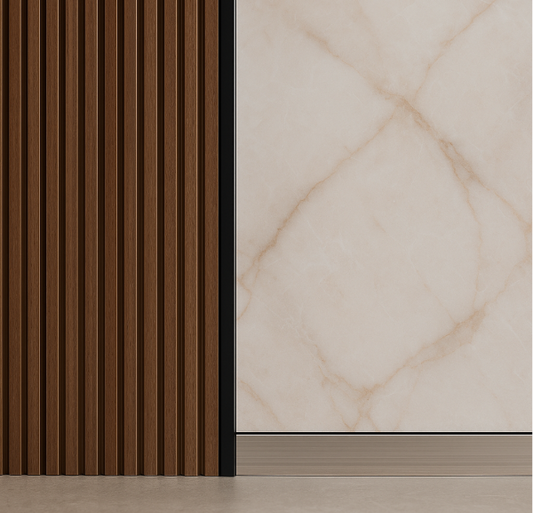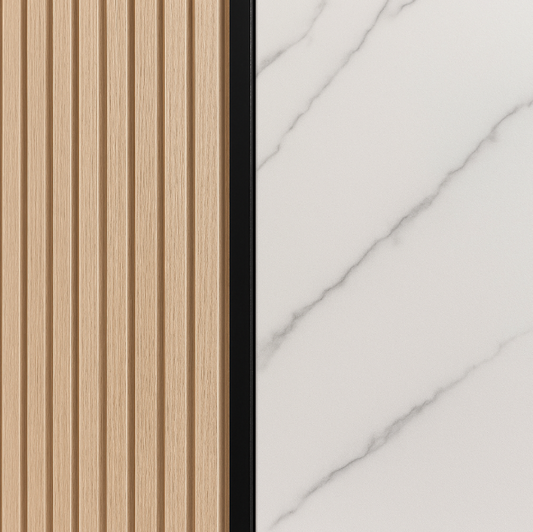Modern interior design uses decorative wall panels as a primary element to turn uninteresting areas into visually appealing spaces. Wall panels consisting of acoustic wood and PVC marble and WPC fluted designs create textured environments that add depth and elegance to interior spaces. The final appearance of wall panels depends on wall panel trims which remain an underappreciated essential component.
Your interior wall design reaches completion through trims which serve as essential elements that create smooth transitions and clean edges while delivering a professional finish. This guide explains decorative wall panel trims through a detailed analysis of their functions and application areas and selection process for interior design projects.
Why Trims Are Essential in Wall Paneling
The following section explains the significance of trims before we examine their different types.
- The main purpose of trims is to create smooth transitions between walls and floors and ceilings and adjacent panels.
- The edges of panels get protection from damage and water exposure through trims.
- The borders of trims create elegant visual effects which help define the shapes of different elements.
- The installation of trims helps hide any defects which appear between panels and their connections.
The finish of expensive wall panels becomes unfinishable when proper trims are not present. The installation of decorative wall trims in living rooms and office lobbies and hotel suites produces a luxurious appearance.
1. L-Trims (Angle Trims)
The L-Trims function as angle trims or corner edge trims because they have an "L" shape which serves to protect external corners and open edges. The trims function lets users make perfect 90-degree corners and it protects the edges from getting damaged.
Application Areas:
- The trims function protects outer panel corners and areas where panels meet other surfaces.
- The trims function to protect particular areas which experience movement and contact points throughout hallways and staircases. The trims help frame door and window openings within wall panel designs.
2. T-Trims (Joining Trims)
The T-Trims function as connectors which join two panels together for side-by-side placement. The product serves as an essential solution for extending walls and ceilings through multiple panel installations. The top section of the "T" design hides the joint while creating a single visual appearance.
Where to Use:
- Mid-wall panel joins
- Large commercial installations
- Horizontal runs in fluted panels or acoustic boards
Benefits:
- The system maintains proper panel alignment.
- The system protects both structural integrity and visual appearance by eliminating all gaps.
- The product features a single design pattern which runs continuously across its entire surface area.
 |
 |
3. End Caps (Edge Finishing Trims)
End caps function to protect the exposed edges of panels by sealing them when panels reach open areas like doorways or unfinished walls. The installation achieves a complete appearance through these trims which create a framed look.
Where to Use:
- Side ends of a feature wall
- Panel ends not abutting another surface
- Window reveals or room partitions
4. Inside Corner Trims
The design of inside corner trims follows a particular pattern to safeguard the right-angle junctions between two panels. The trims function to create smooth panel connections while protecting joints from stress which might result in panel cracks.
Where to Use:
- Interior wall corners
- Bathrooms or utility rooms with panel walls
- Any installation that spans multiple adjacent walls
Benefits:
- The product eliminates the requirement for caulking or gap filling operations.
- The product shows an elegant design which maintains a consistent appearance from start to finish.
- The product functions as a water barrier which defends areas from moisture entry during situations of elevated humidity.
5. Outside Corner Trims
Outside corner trims share a similar shape with L-trims but they have a larger size to provide better protection for exposed outer corners. The tiles operate at their best in locations that receive heavy use and require strong durability and uniform appearance.
Where to Use:
- Hotel lobbies and commercial entryways
- The rooms contain living areas which have their walls defined by straight panel boundaries.
- Wall columns or façade projections
6. U-Trims
The U-trim consists of U-shaped channels which enable panel insertion through three sides of the trim. The installation of wall panels requires these channels for finishing the bottom and top edges of the panels.
Installation Locations:
- The bottom edge of the panel should be placed near the floor.
- The top edge of the wall panel should be positioned where it meets the ceiling.
- The installation of wall panel systems with LED strip lighting requires this product.
Benefits:
- The product protects base panels from dust and dirt and damage to the panels.
- The system enables users to achieve better vertical panel positioning.
- The design matches the aesthetic of modern minimalist interior design trends.
 |
 |
7. J-Trims
J-trims function as basic edge covers which protect panels by preventing them from making contact with frames and corners. The product serves multiple purposes because it works well for PVC paneling applications and creates clean borders in different situations.
Where to Use:
- Bathrooms and kitchens
- Border finishing on partition panels
- Lightweight or removable panels
Ideal For:
- Home DIY projects
- Budget installations
- Framing semi-permanent wall fixtures
8. Decorative Accent Trims
The protective function of trims serves as their main purpose but they also function to create visual effects through design elements. The wall design receives enhancement through brushed metal and black matte and wood-finish trims which create visual interest by adding depth to the design.
Between fluted panels in alternating patterns
The design needs trims to create separate horizontal and vertical sections between walls.
The central panel or material transition point requires specific trim placement to achieve the desired visual effect.
Popular Finishes:
- Brushed aluminum
- Satin black
- Walnut or oak finish
Materials Used in Trims
The selection of trim material becomes crucial after determining the suitable trim type. The production of trim requires three primary materials which include:
- Aluminum serves as a strong modern material which produces high-end finishes.
- PVC functions as a budget-friendly lightweight substance which offers water protection at an affordable cost.
- The product line of Composite Wood lets customers obtain high-end wood appearances while enjoying longer product durability.
- Stainless Steel serves as a material for creating luxurious and industrial-style interior designs.
The selection of trim materials needs to correspond with wall panel types to achieve maximum performance.
Tips for Choosing the Right Trim
The selection of your decorative wall panel trim depends on these essential factors:
- Choose a trim color which either duplicates your existing design elements or establishes a contrasting look for visual appeal.
- The selection of waterproof trims needs to happen for areas which face water exposure including bathrooms and kitchens.
- The selection of materials for high-traffic areas should focus on aluminum or composite materials because they provide better durability
- Before buying large quantities of trim material always test a sample piece for proper fit.
Final Thoughts
The interior renovation process depends on wall panel trims to achieve professional results and maintain durability and visual consistency. The selection of appropriate trim types including L-trims and end caps and decorative accents enables you to transform basic wall panels into beautiful designs.
Trims serve both practical and decorative purposes in all types of buildings including residential spaces and commercial facilities and retail establishments and hospitality venues. Wall Decor provides an extensive selection of premium wall panel trims which will help you finish your installation perfectly.

